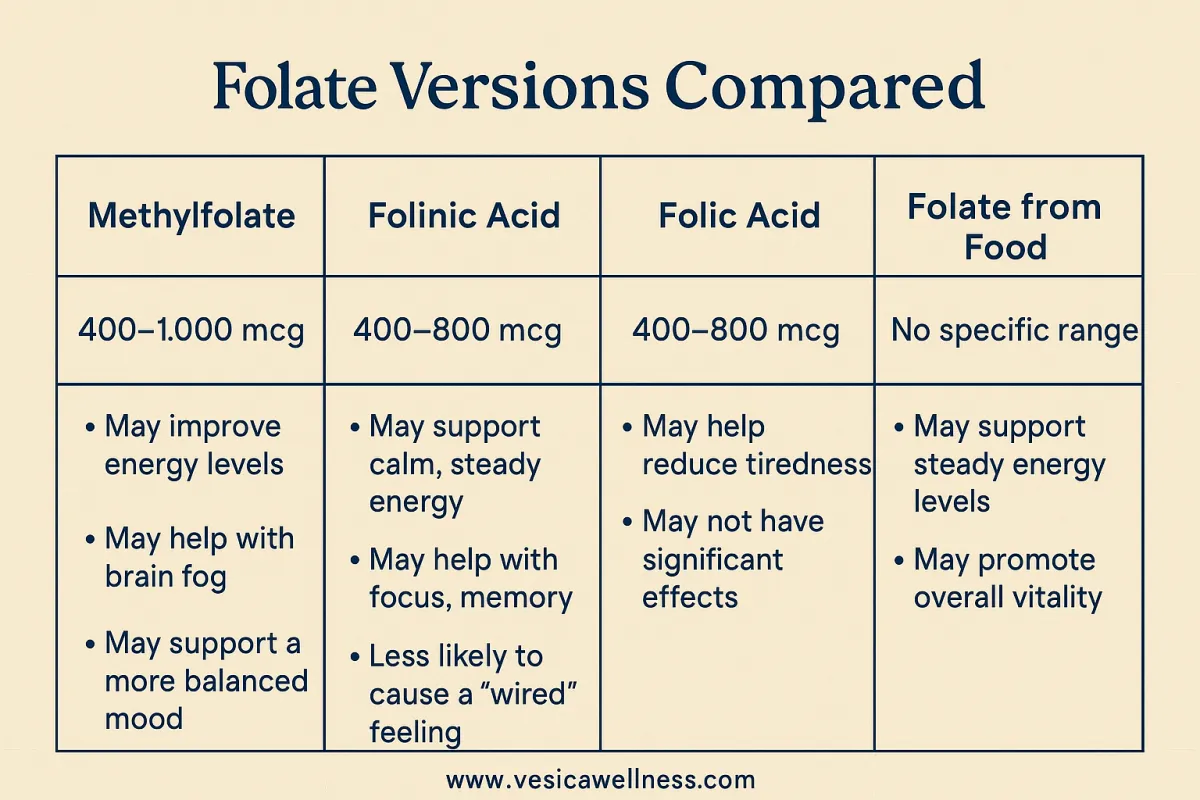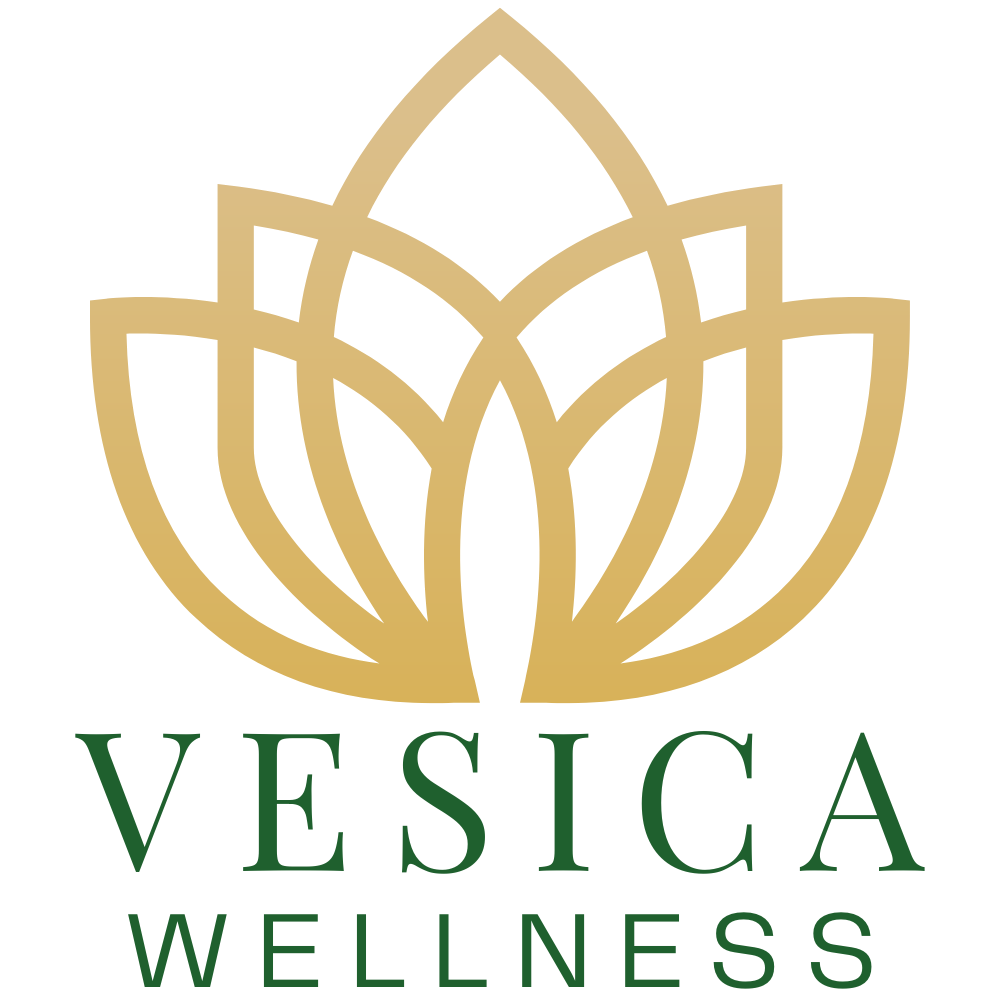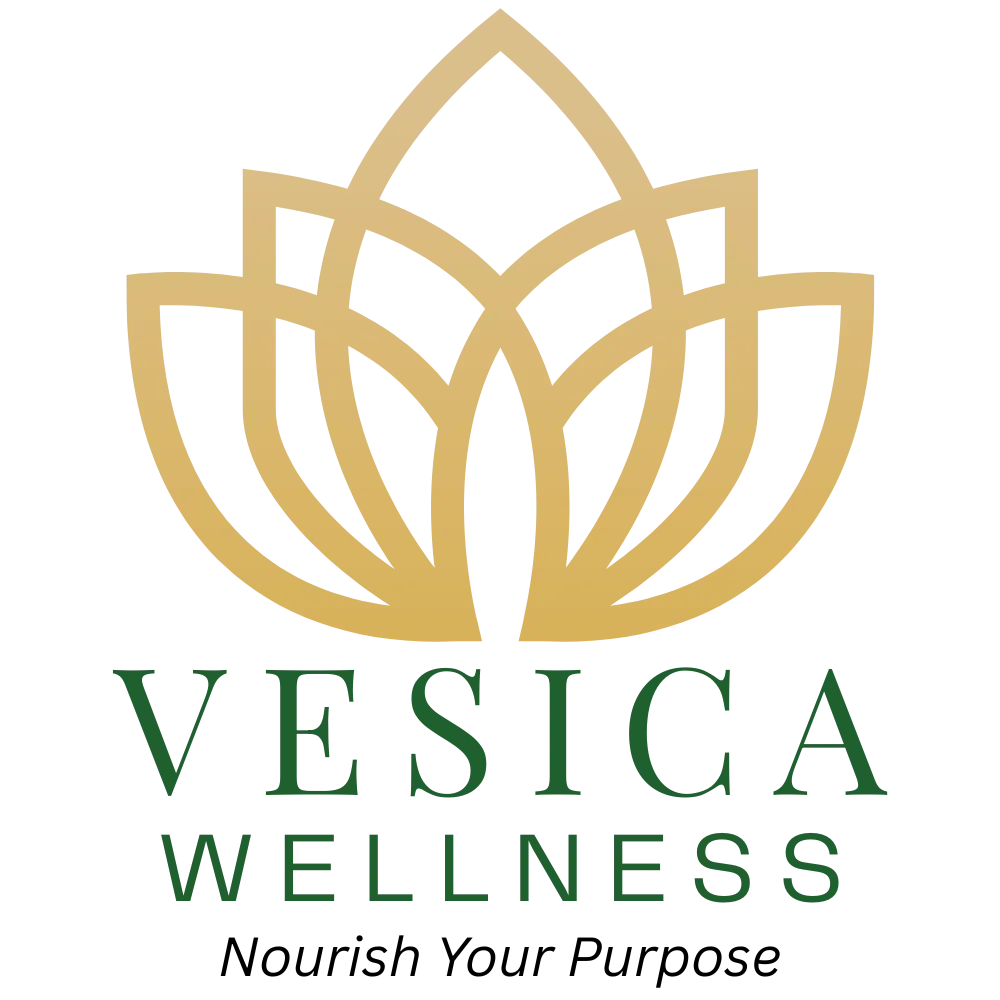
Methylfolate vs. Folinic Acid (Leucovorin) vs. Folic Acid
Folate is one of the most important B-vitamins for your health, yet one of the most misunderstood. Many people hear “folic acid” and assume it’s the same as folate. Others see “methylfolate” or “folinic acid” on supplement labels and wonder if they’re interchangeable. The truth is, different forms of folate act differently in the body—and choosing the right one can make all the difference.
If you have genetic variations like MTHFR, deal with low mood, fatigue, pregnancy, or general neurological concerns, the form of folate you take matters. By the end of this post, you’ll not only understand the science—you’ll also know which version of folate may be best for you personally.
Medical Disclaimer: This article is for educational purposes only and is not intended to diagnose, treat, cure, or prevent any disease. The information provided here should not replace professional medical advice, diagnosis, or treatment. Always consult with a qualified healthcare provider before starting or changing any supplement routine, especially if you are pregnant, nursing, have a medical condition, or are taking prescription medications.
These statements have not been evaluated by the Food and Drug Administration. This product is not intended to diagnose, treat, cure, or prevent any disease.
Why Folate Matters
Folate (vitamin B9) plays a central role in:
DNA synthesis and repair – vital for cell growth and reproduction.
Methylation – supports detox, neurotransmitter balance, and genetic expression.
Pregnancy health – helps reduce risk of neural tube defects.
Homocysteine regulation – supports cardiovascular health.
Brain and mood support – contributes to normal neurotransmitter production.
Without enough folate, symptoms like fatigue, low mood, and difficulty concentrating can appear.
The Main Forms of Folate
1. Methylfolate (L-5-MTHF)
Methylfolate is the active, methylated form of folate that your body can use directly.
Key Benefits:
Bypasses the MTHFR conversion step.
Supports methylation, mood, and detox pathways.
Highly bioavailable and effective at helping regulate homocysteine.
Suggested Dose Range:
The NIH RDA for adults is 400 mcg DFE (dietary folate equivalents).
Supplements with methylfolate typically range from 400–1,000 mcg per serving.
Sensitive individuals may prefer to start on the lower end.
How You May Feel When Taking It:
May improve energy levels.
May help with brain fog and support mental clarity.
May promote a more balanced mood.
⚠️ Some people may feel restless or overstimulated if they start too high.
If you're interested in a good, clean methylfolate supplement, we offer several expertly formulated options for you to consider on our Products page.
2. Folinic Acid (Calcium Folinate)
Folinic acid is a non-methylated but active form of folate.
Key Benefits:
Gentler than methylfolate for those sensitive to methyl donors.
Studied for its potential to support healthy neurological pathways and cognitive function.
Often well-tolerated in children and sensitive adults.
Suggested Dose Range:
Supplements with folinic acid often come in 400–800 mcg per serving.
Prescription forms may be higher, but typical supplement use stays within 400–1,000 mcg.
How You May Feel When Taking It:
May support calm, steady energy.
May help with focus, memory, and attention.
Less likely to cause the “wired” feeling some experience from methylfolate.
Leucovorin vs Folinic Acid
Leucovorin is simply the pharmaceutical name for folinic acid (usually prescribed as leucovorin calcium). In medical settings, it’s used in conjunction with other therapies and has been studied for its potential role in supporting cognitive, social, and developmental outcomes.
For everyday supplementation, folinic acid and leucovorin refer to the same nutrient—one in supplement form, the other in prescription-grade form.
3. Folic Acid (Synthetic Folate)
Folic acid is the synthetic form found in many fortified foods and low-cost supplements.
Key Benefits:
Inexpensive and stable.
Helps prevent deficiency in the general population.
Suggested Dose Range:
Fortified foods and basic supplements usually provide 400 mcg daily.
Multivitamins often include 400–800 mcg.
The tolerable upper intake level (UL) for adults is 1,000 mcg DFE from supplements/fortified foods.
How You May Feel When Taking It:
May help reduce tiredness linked to low folate intake.
Some individuals, especially those with MTHFR variants, may not notice significant changes.
4. Folate from Food
Natural folates occur in leafy greens, beans, avocado, asparagus, and liver.
Key Benefits:
Comes with synergistic nutrients.
No risk of unmetabolized folic acid.
Suggested Intake:
The NIH recommends adults aim for 400 mcg DFE daily from diet and supplements combined.
One cup of cooked lentils provides ~350 mcg folate.
A large spinach salad can contribute ~200 mcg.
How You May Feel When Eating Folate-Rich Foods:
May support steady energy levels.
May promote overall vitality and well-being.
May help with digestion and satiety.
Which Folate Is Best for You?
This is where most people get stuck—knowing which form of folate to actually take. Here’s a quick guide:
Methylfolate (L-5-MTHF):
✔️ Best if you have MTHFR, higher homocysteine, or need direct methylation support.
⚠️ Not ideal if you get anxious, restless, or overstimulated by methyl donors.Folinic Acid (Leucovorin / Calcium Folinate):
✔️ Best if you can’t tolerate methylfolate, feel “too wired” from it, or want gentler neurological support.
✔️ Great option for children and sensitive individuals.Folic Acid (Synthetic):
✔️ Useful in emergencies or food fortification, but not ideal for long-term supplementation.Food Folate:
✔️ Best for everyone. Whole-food folate should always be the foundation of your intake.
Folate, MTHFR, and Personalized Health
For people with MTHFR gene polymorphisms, folic acid often doesn’t work as efficiently. That’s why methylfolate or folinic acid (Leucovorin) are typically better choices.
Undermethylators may respond better to methylfolate.
Overmethylators may do better with folinic acid to avoid overstimulation.
Final Thoughts
Folate isn’t just “one vitamin.” It comes in several forms, and which one you choose matters:
Methylfolate for direct methylation support.
Folinic acid (Leucovorin) if methylfolate feels overstimulating.
Folic acid only as a fallback.
Food folate as your daily base.
By understanding the differences, you can pick the version that supports your unique body, mood, and long-term health.
At Vesica Wellness, we’re here to help you make those informed choices—because the right nutrients should help you thrive, not just “get by.”




